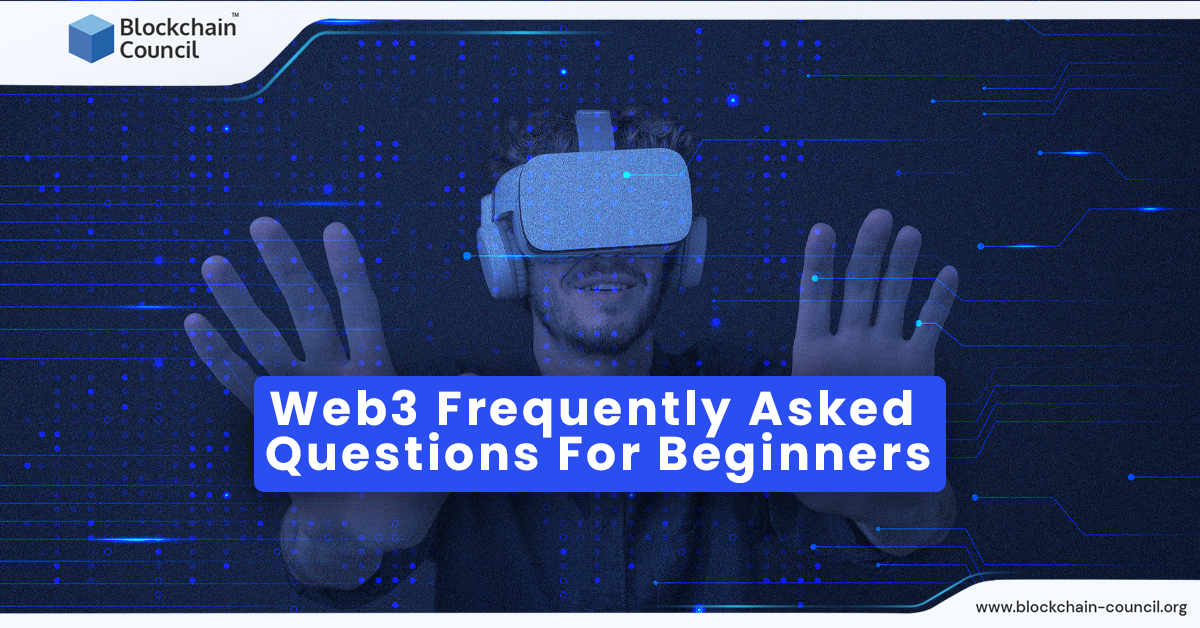
- Ayushi Abrol
- October 12, 2022
Blockchain technology has gained immense popularity worldwide. Businesses are transforming themselves to sustain themselves in the market and grow. Blockchain developers have become quite a need of the hour nowadays. If you plan to craft your career as a blockchain expert or blockchain professional, you’ve got to start preparing today, as there is a lot to learn. You can start by checking out our Blockchain Expert Certification to give you heads about cutting-edge technology.
Even if you are a certified professional, we at Blockchain Council are here to help you prepare to ace your next interview. We believe in getting started right here, right now. Here is a list of top questions and their ideal answers by the experts at Blockchain Council:
1. What is Web1?
- Web1 is the first generation of the World Wide Web, born in 1989.
- Tim Berners-Lee created it, and during that time, it was just a way to share information between researchers at different universities.
- The critical thing to remember about Web1 is that it was minimal. It was text-based, and one could not do much than just surf basic websites.
2. What is Web2?
- Web2 is all about taking things one step further.
- With Web2, we moved towards a world where users could interact with websites more seamlessly.
- They could buy, sell, and make transactions without ever having to leave the website. It became all about creating a more user-friendly experience.
3. What is Web3?
- Web3 is a proposed future version of the World Wide Web, combining advancements in AI, ML, algorithmic computation, decentralization, token-based economies, and blockchain technology.
- In this Web version, users have a say in how their data is used and who has access to it. Web3 platforms are more protected and feature-rich than the previous iterations of the internet.
- Web3 promises to change how we use the internet and has excellent technological developments and scalability potential.
4. What is a Blockchain?
- A blockchain is, quite simply, a digital ledger.
- It is a database that is distributed across a network of computers and is used to track transactions.
- What makes blockchain special is its underlying concept of decentralization makes blockchain special, which sets it apart from other digital ledgers.
- This means that there is no single authority that controls the data. It is maintained by the participants in the network and therefore provides more security.
5. What is the difference between Blockchains & Web3?
Blockchain technology underpins cryptocurrencies like Bitcoin, while Web3 is the protocol that allows decentralised applications to run on top of a blockchain.
Think of it this way. Blockchains are like the internet, while Web3 is the deployment and functioning agent. With blockchains, one can create a decentralised network where users can interact directly with each other without having to go through a third party.
6. What are Crypto Assets?
They are digital assets that use cryptography to secure their transactions and control the creation of new units.
They are similar to traditional assets, like stocks and bonds, but they are decentralised, which means they are not subject to government or financial institution jurisdictions. This is what makes them so exciting. They define a whole new way of finance, investment, and digital transactional activities.
Note: If you want to break into the world of Web3, it is essential to understand what crypto assets are and how they work. For more info, enrol in one of our certification courses.
7. What is a DAO?
A DAO, or decentralised autonomous organisation, is a self-governing organisation run by the rules encoded into its smart contract. In other words, it is an organisation that does not need a traditional management structure or central authority.
8. What is DeFi?
DeFi, also known as decentralized finance, is utilised for emerging technology to remove third parties and centralised institutions from the transactions related to finance. Innovative contracts on a blockchain provide financial mechanisms without intermediaries such as brokerages, exchanges, or investment firms.
9. What is a Metaverse?
It is a term used to describe a virtual world that exists online. In other words, it is a digital universe where users can interact, engage, and experience seamless accelerated connectivity. In simpler terms, the metaverse is like the internet, only way more immersive.
Users can explore different worlds, meet new people, and do all sorts of things they can and cannot do in the real world. It is an exciting concept that is worth learning more about.
10. What are the different types of Blockchains?
Blockchains are mainly of three different types:
- Public blockchains are open and permissionless
- Private blockchains are closed and permissioned
- Consortium blockchains are intermediate between public and private
11. What are Blockchain Nodes?
Nodes are the backbone of the blockchain network. They are responsible for validating transactions and maintaining the blockchain. Every time a new block is created, it is sent to all the nodes for verification. If a node rejects a block, the entire network will reject it.
There are two types of nodes: full nodes and light nodes. Full nodes store the entire blockchain, while light nodes only store the most recent block. This makes them faster and more efficient, which is why they are becoming more and more popular.
Read till here? Awesome!
Stay till the end and ace your Web3 interview!
12. What are Blockchain Bridges?
A blockchain bridge is a way to connect two or more blockchains. This is done by creating a new blockchain that connects to the other blockchains and acts as a bridge between them.
This can be useful for things like transferring tokens or data between blockchains. It can also consolidate data from multiple blockchains, making it easier to track and access.
13. What is Merged Mining?
Merged mining is a process where miners can increase their profits by combining their hashing power with other miners. This means that they can find blocks on multiple blockchains simultaneously.
This process is made possible by the use of sidechains. Sidechains are blockchains connected to the main blockchain, allowing for the transfer of coins between different blockchains. This makes it possible for miners to verify transactions on multiple blockchains.
14. What are the types of Blockchain Forks?
There are two types of Blockchain Forks:
- Hard Forks
This is the most common type of fork, which happens when there is a disagreement among the miners about the direction of the blockchain. As a result, a new chain is created, and the old one becomes defunct.
- Soft Forks
This occurs when some miners decide to update the blockchain, but others do not want to or cannot for some reason. Again, this leads to two chains splitting off from each other.
15. What are Blockchain Addresses?
Blockchain addresses are digital wallets that store cryptocurrencies. They are created when someone sends a payment to a new address and can be used to receive payments from others.
Addresses can be public or private, usually represented as a string of letters and numbers. Knowing how to create and use blockchain addresses is essential for anyone working in the blockchain space.
16. What are Blockchain Wallets?
A blockchain wallet is a digital storage space for your cryptocurrency. It is a place where one can store coins and keep track of all their transactions. There are different types of wallets, and choosing the one that fits one’s needs is essential.
- Hot Wallets – A hot wallet is connected to the internet. Hot wallets are easier to use but less secure.
- Cold Wallets – A cold wallet is not connected to anything digital. Arguably, cold wallets are more secure but harder to use.
17. What are Blockchain Record-keeping Models?
There are three popular record-keeping models used in the blockchain:
1) Centralized: This is where all the data is stored on a central server. Major companies like Facebook and Google use this model.
2) Decentralized: This is where the data is stored on a network of computers. Bitcoin and Ethereum use this model.
3) Distributed: This is a hybrid model where some data is stored on a central server, and some are stored on a network of computers. IBM and Microsoft use this model.
18. What are some excellent Blockchain use cases?
Some good examples of Blockchain in action are digital voting, supply chain management, and file storage.
- In the voting example, citizens can cast their ballots securely and anonymously without fear of fraud or tampering.
- For supply chain management, Blockchain can track where products are in the production process and authenticate the origins of goods. This can help reduce fraud and improve efficiency.
- And as for file storage, Blockchain can be used to create a secure, decentralised network for storing files. This is an excellent solution for businesses that must keep their data safe and secure.
Endnotes
Blockchain Council has brought these questions with in-depth research on the web and our experience. We hope that our blog helps you with your doubts. These answers are crisp, to the point, and brief, and for detailed information on the same. Get certified with our web3 certification and boost your chances of getting hired!
All the best!!

































































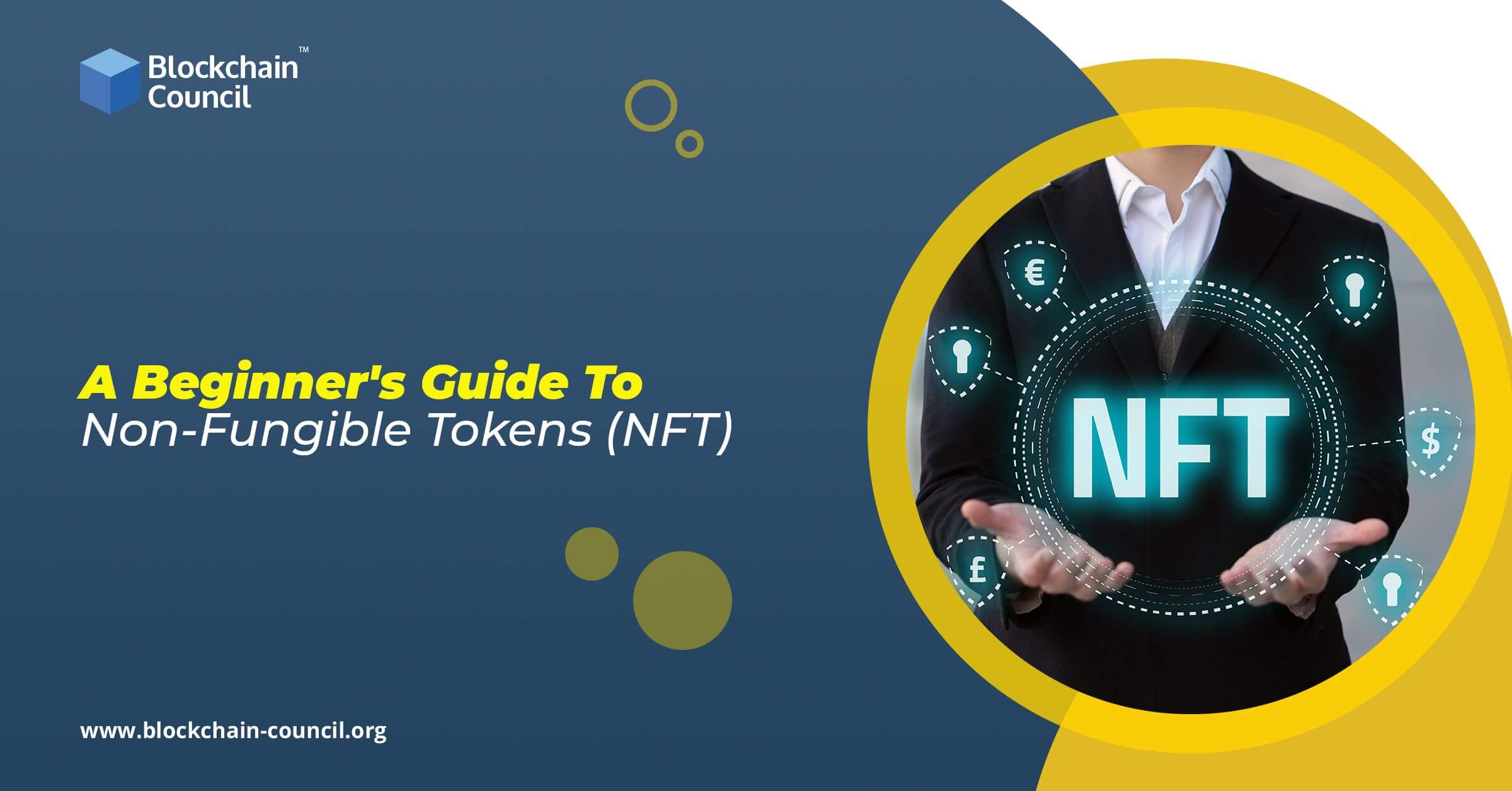
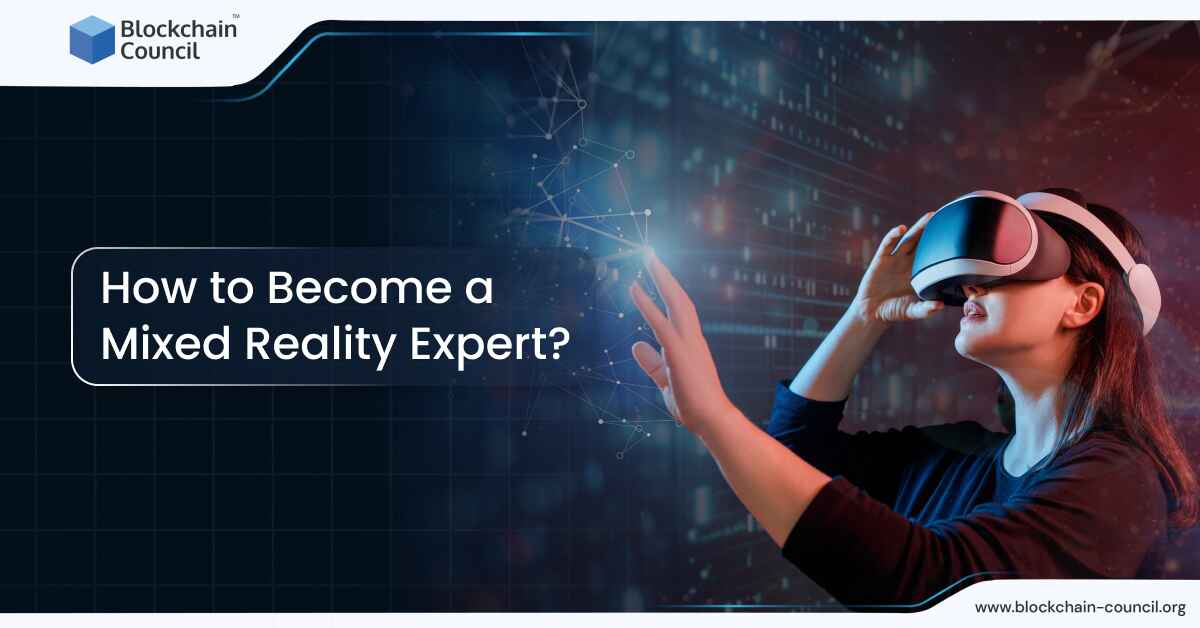
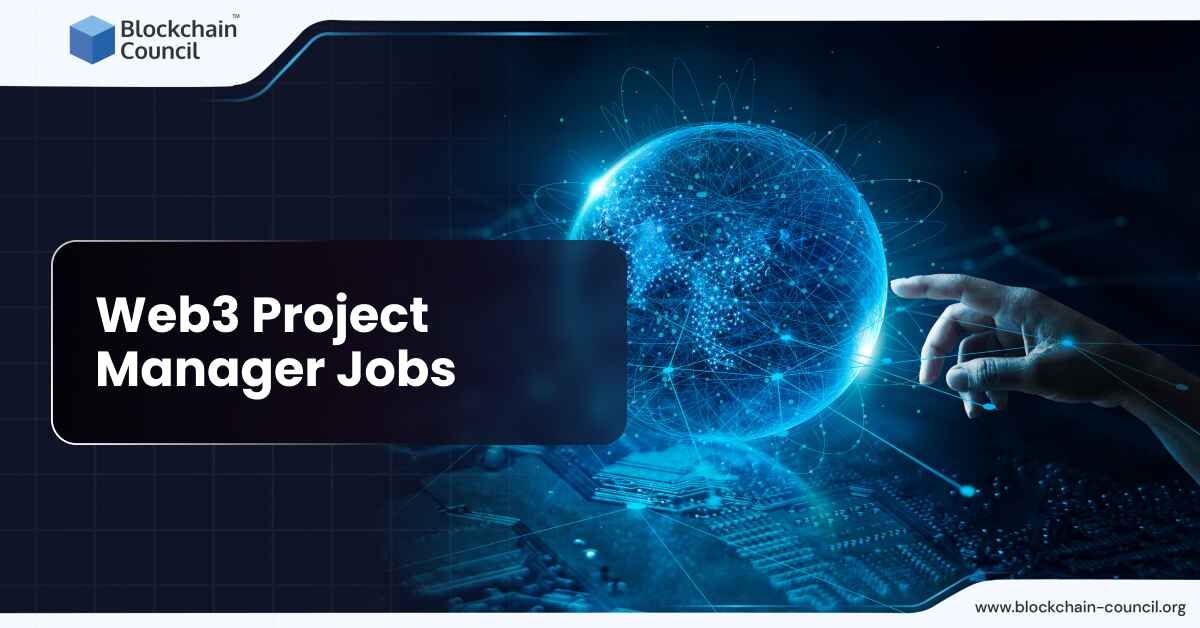
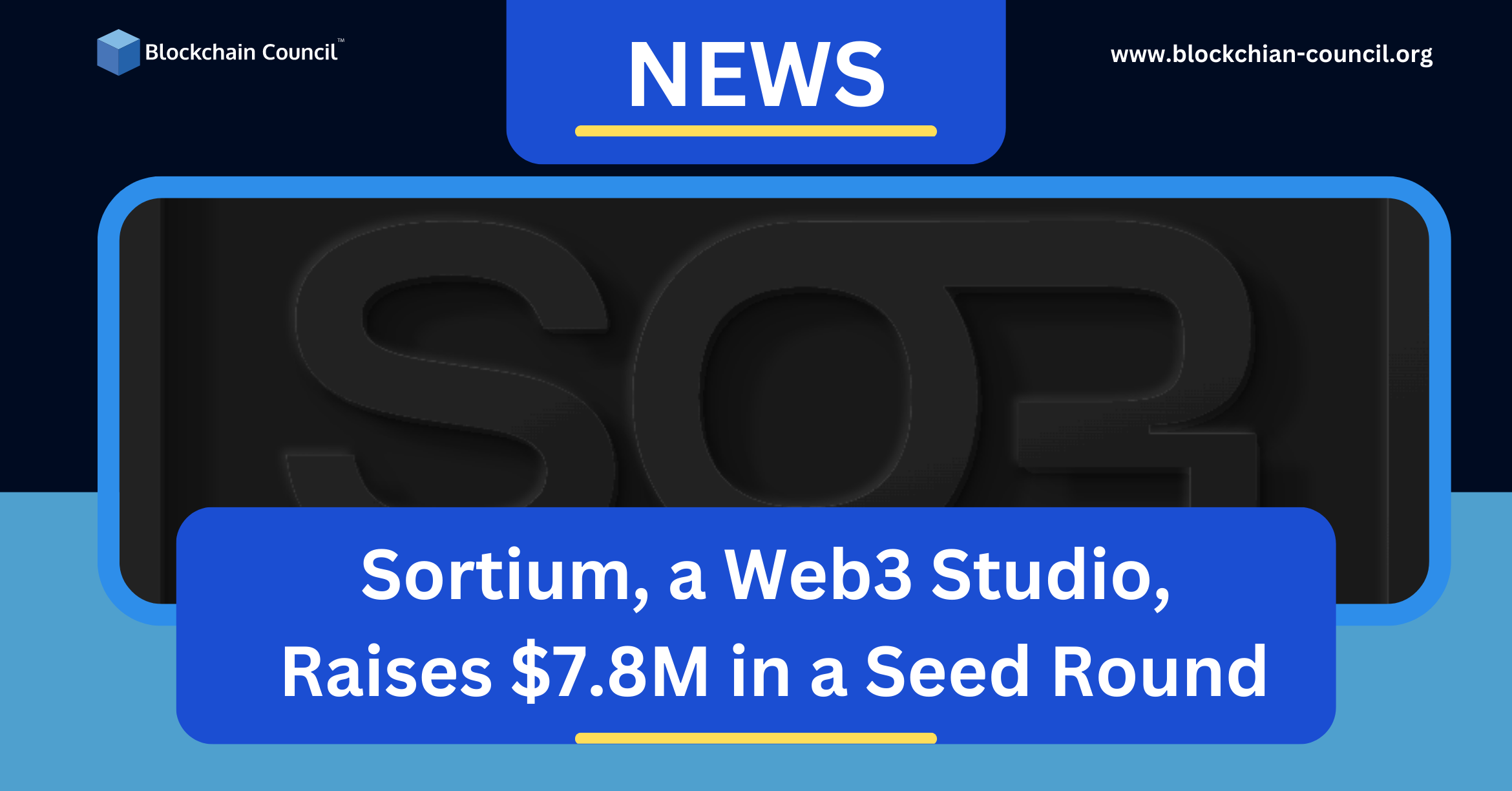
 Guides
Guides News
News Blockchain
Blockchain Cryptocurrency
& Digital Assets
Cryptocurrency
& Digital Assets Web3
Web3 Metaverse & NFTs
Metaverse & NFTs
